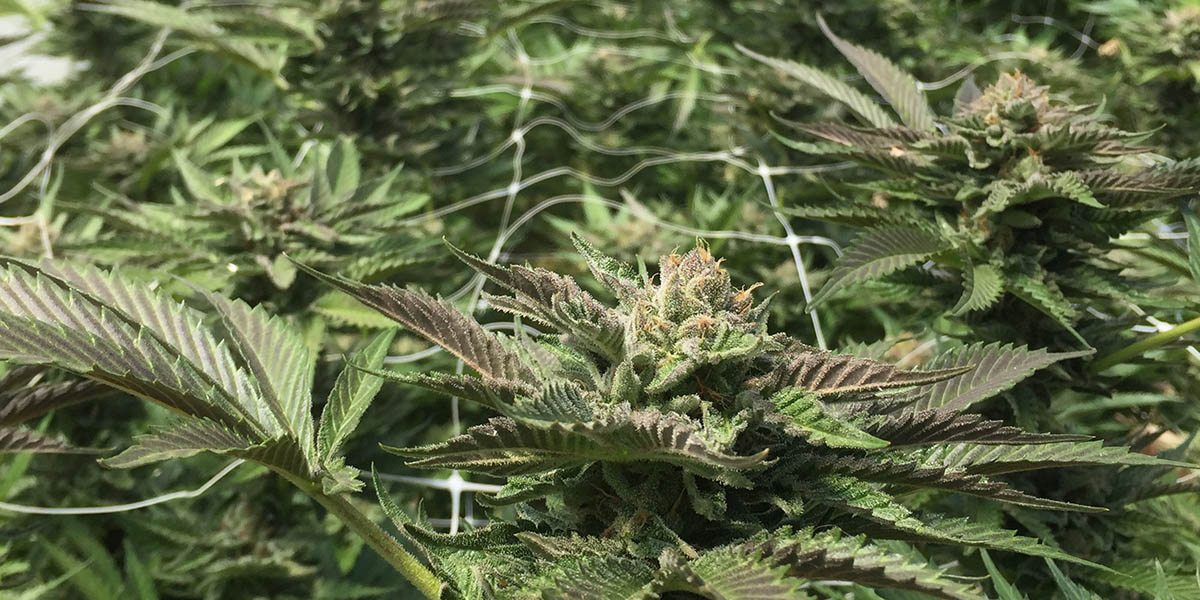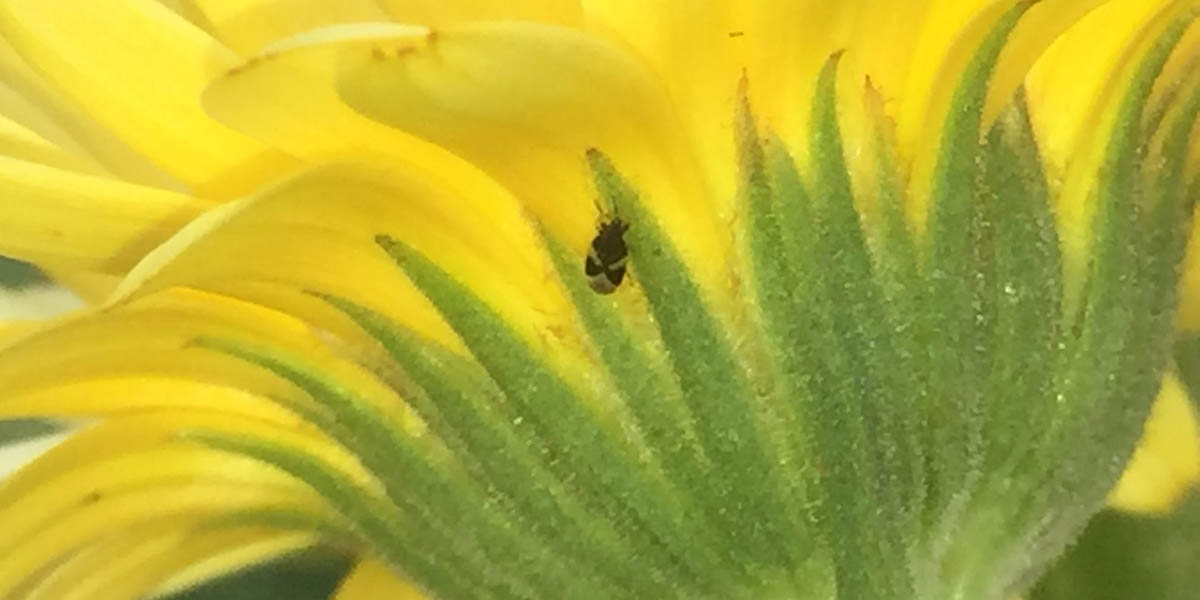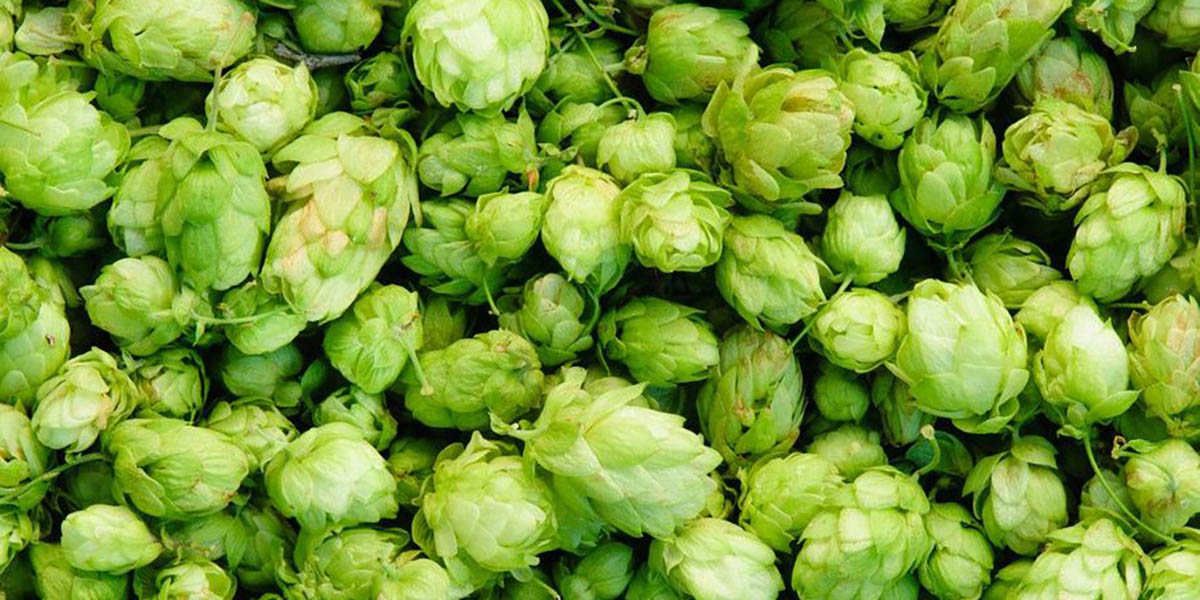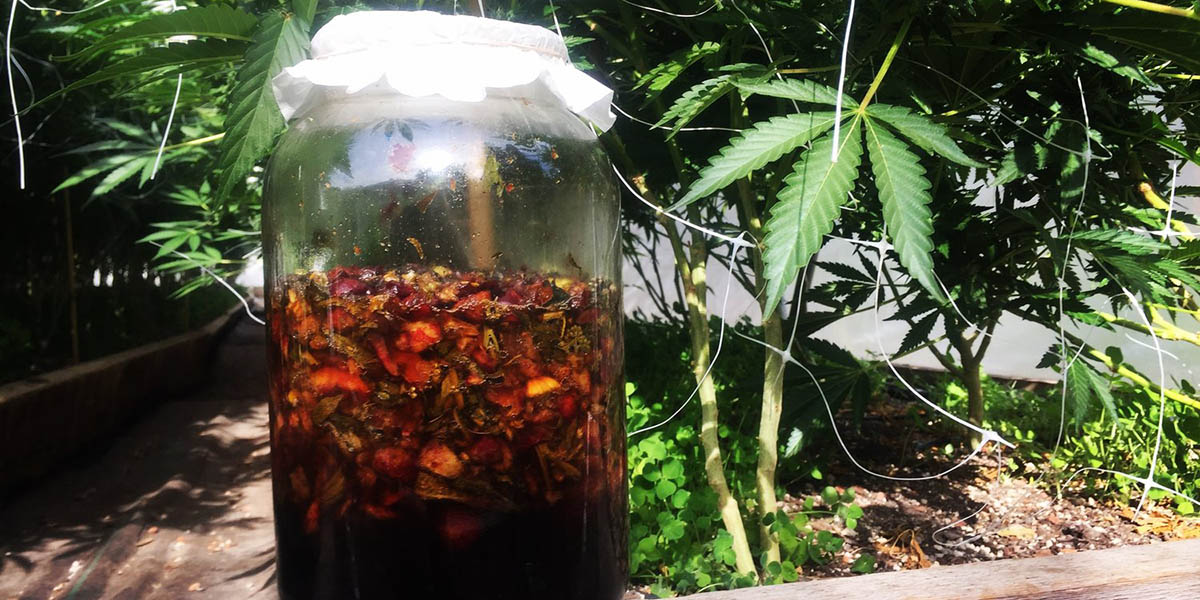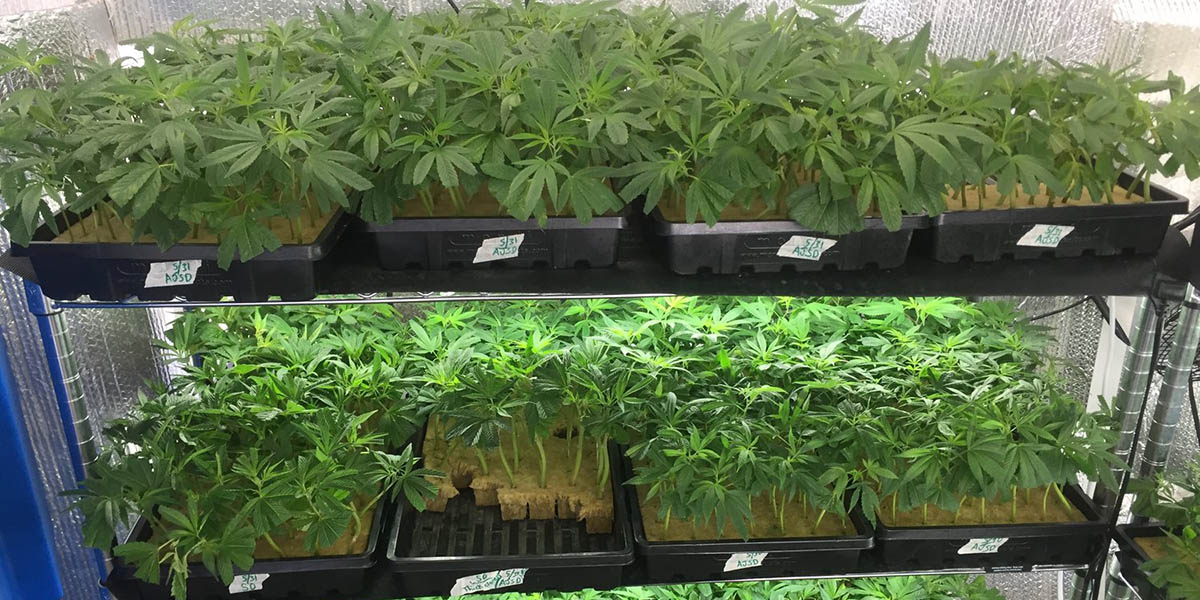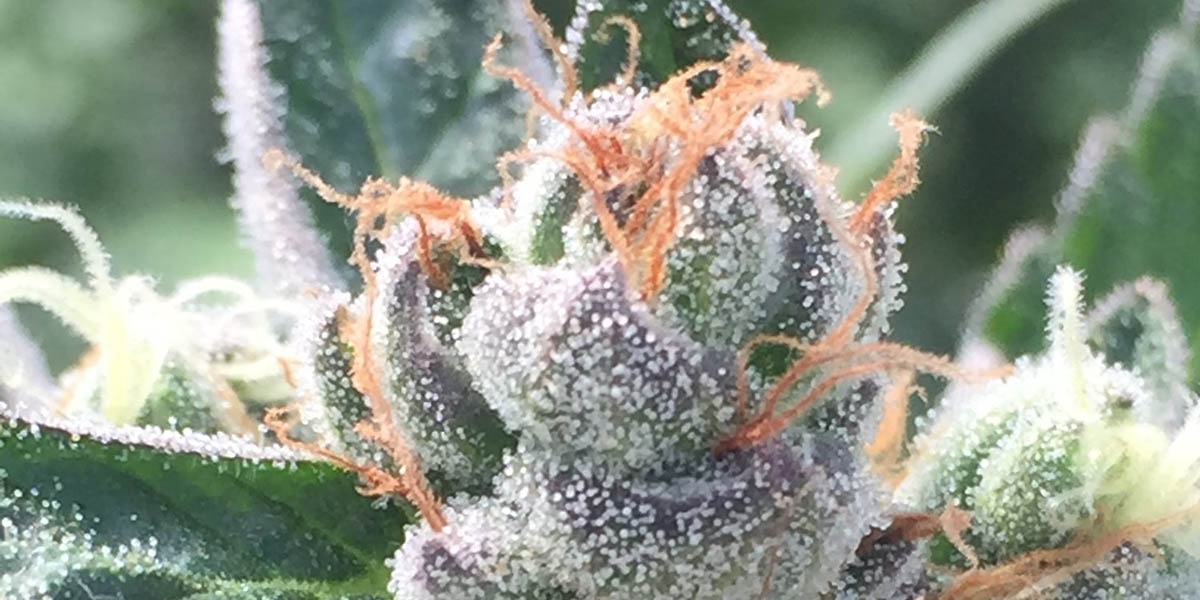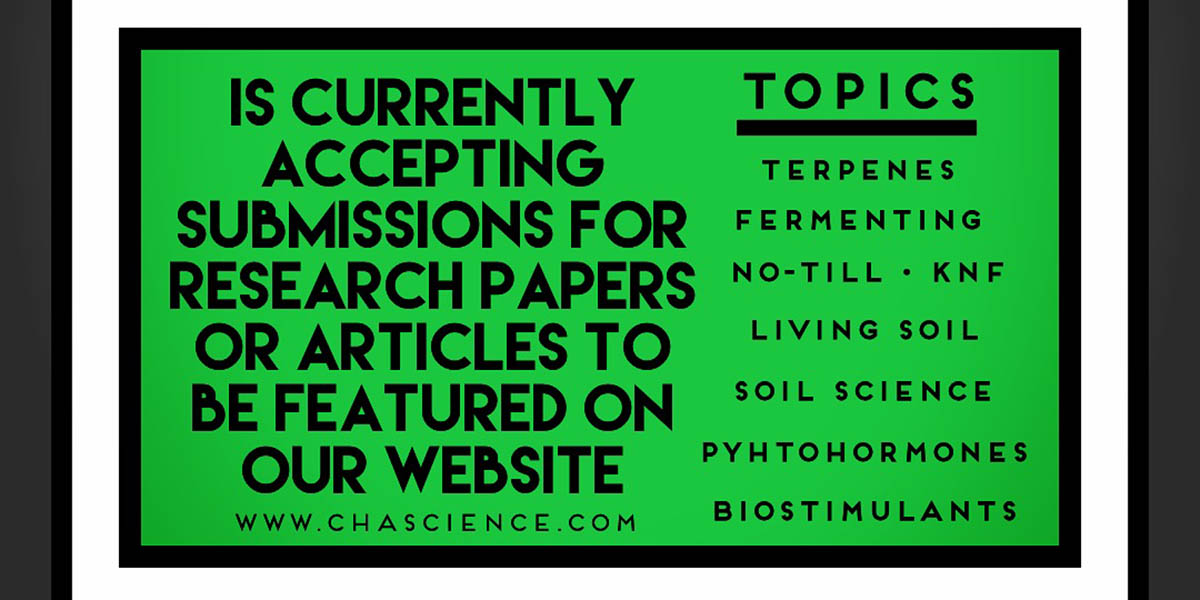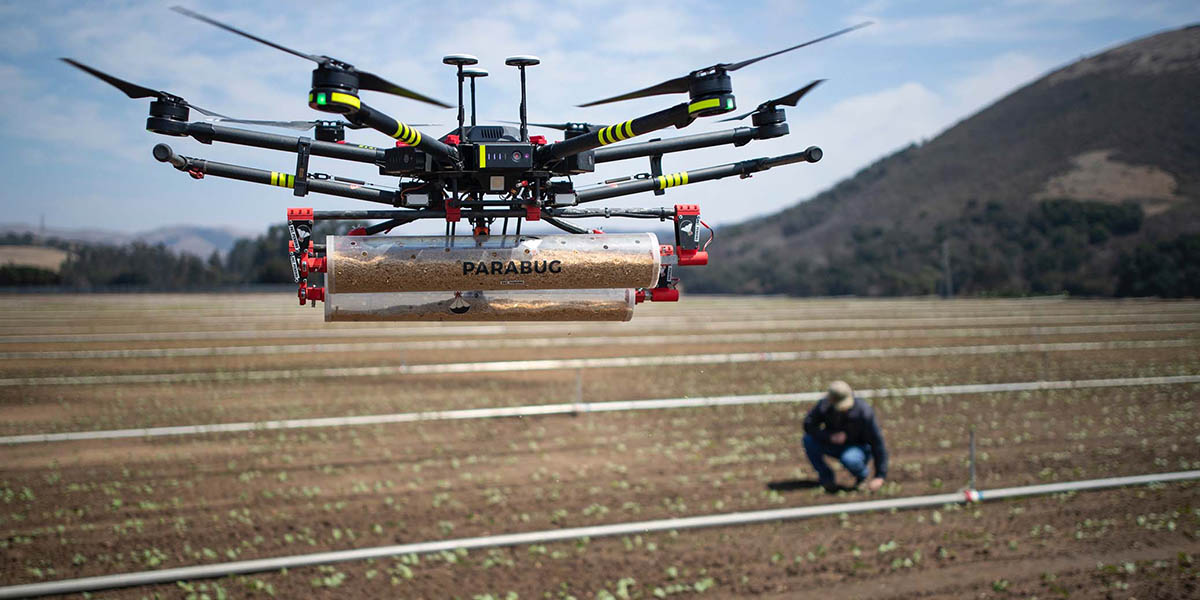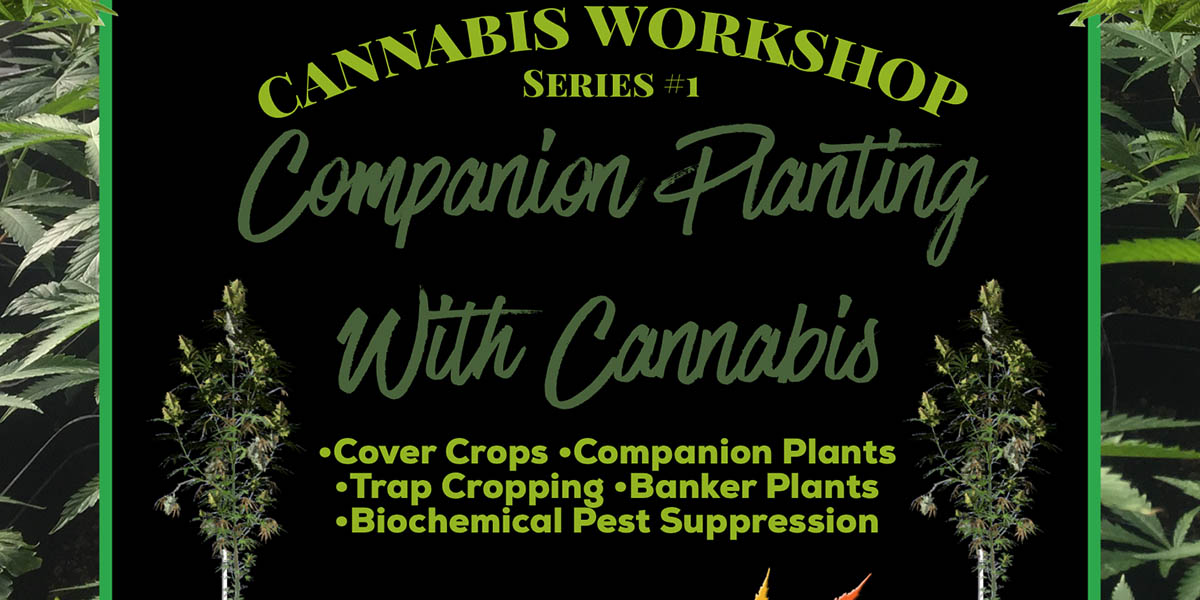Compost Tea Feeding Schedules
Compost tea can be an effective strategy for balancing feeding schedules. But in the case of compost tea, more is not necessarily better. In fact, over application can actually cause significant soil imbalances. Many times, the problem of over-application of compost tea becomes compounded when the soil remains over-saturated for too long after the application of compost tea, especially if it is being used at every watering. If the microbes have a big boom cycle but then the soil is water logged, the bust cycle will lead to a much quicker anaerobic state, which can lead to a number of different problems.
There are many instances where compost tea is only applied 1x month to outdoor plants with excellent results. Just because you are seeing excellent results with compost tea, doesn’t mean that adding more will work even better.
…Compost Tea Feeding Schedules Read More »

